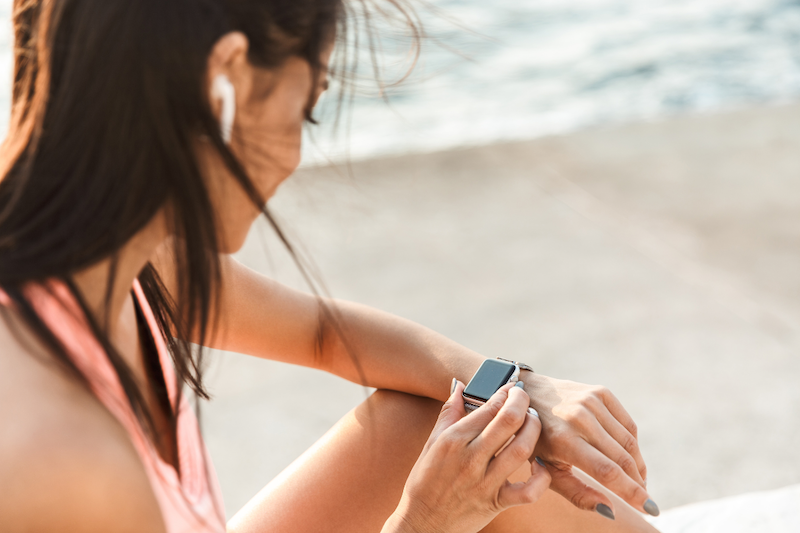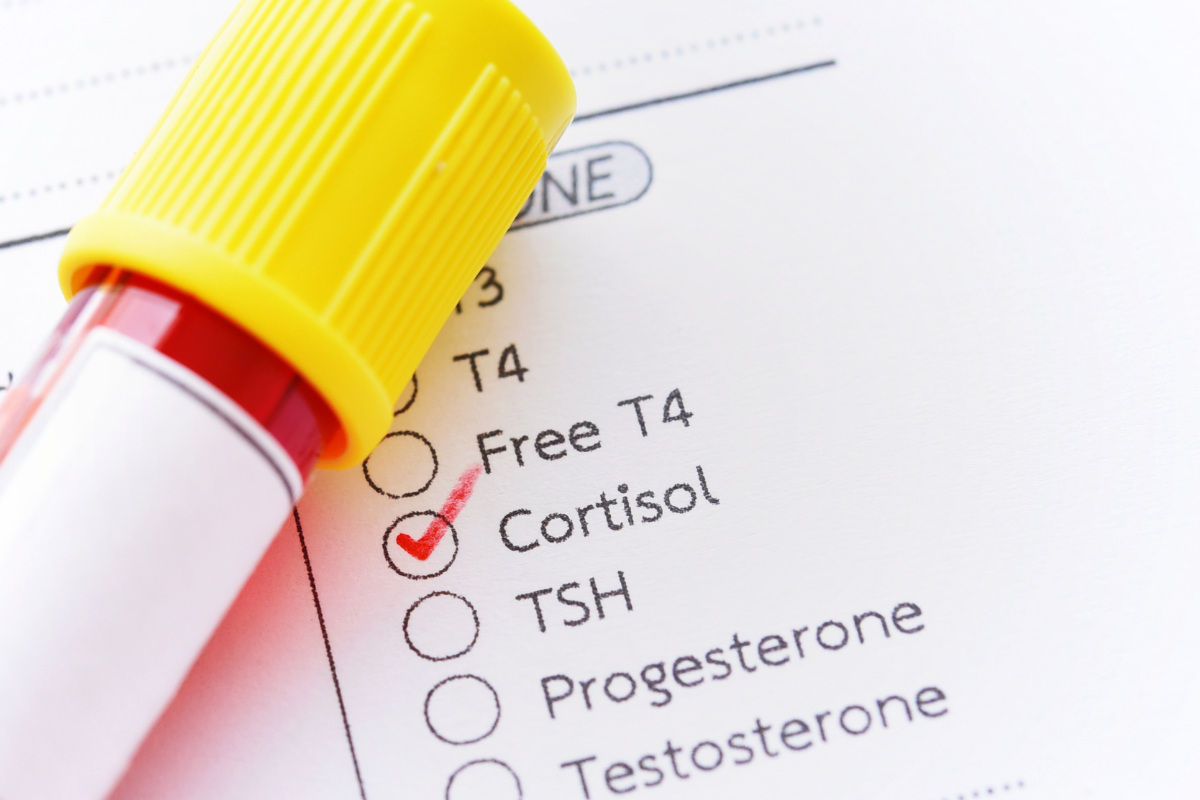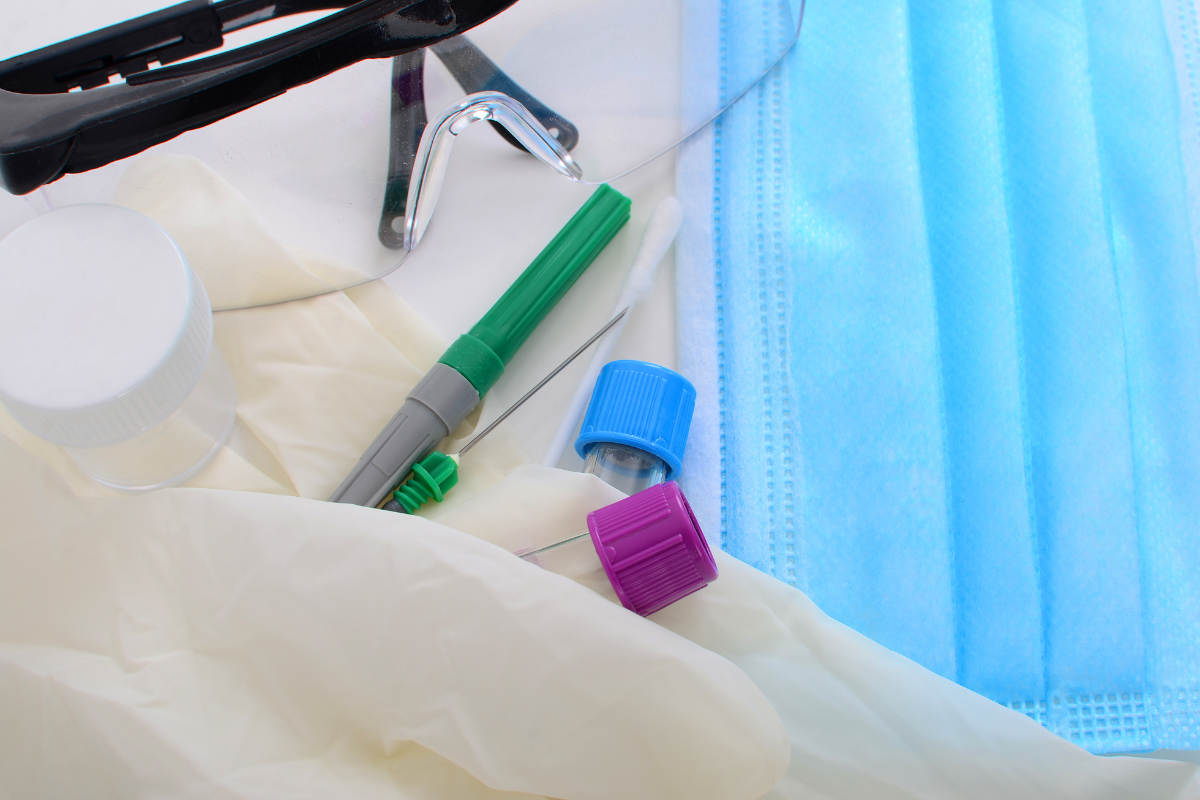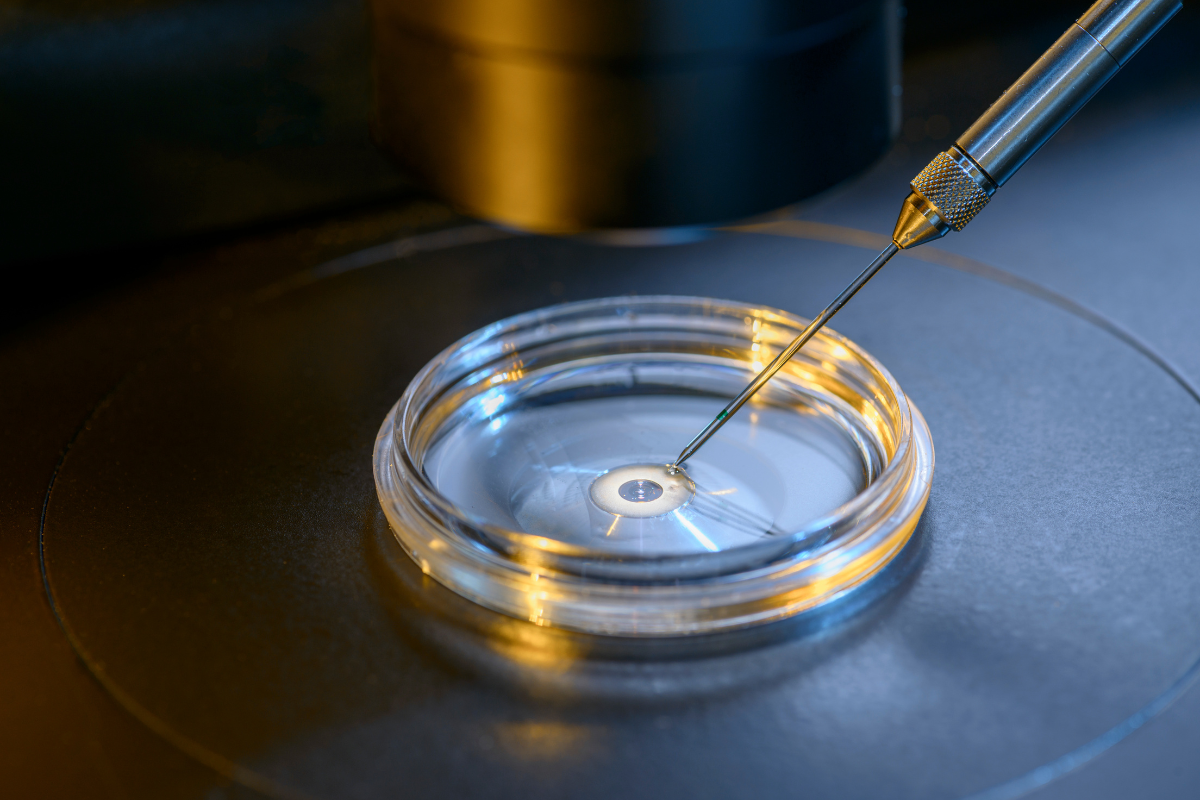Getting pregnant often requires, among many other things, having sex at the right time. This means having sex (or inseminating) at or shortly before ovulation, so fresh sperm is waiting for the egg.
In turn, this requires knowing when you’re ovulating, or having some idea, which most people do through cycle tracking. Ovulation is generally in the middle of the cycle, but it’s not perfectly predictable, and paying attention to various physical parameters can give a more accurate sense of when it occurs.
One way to do this is with urine-based ovulation testing. These tests work like a pregnancy test in the sense of relying on urine, but they detect luteinizing hormone (LH), which is a marker of ovulation. These tests can be accurate, but they are time-consuming and focus only on one aspect of your cycle.
An alternative approach to cycle tracking is a wearable — a ring or a watch — that you wear consistently and that tracks your cycle passively. There are some of these — like the Ava bracelet — that are specifically focused on fertility tracking. There are others (such as a Whoop or Oura ring) that double as fitness or recovery trackers. Many of us are wearing some version of these all the time, so wouldn’t it be easier to use them, rather than peeing on a stick every morning?
The question: do these actually work, and can they help with conception?

What information do wearables detect?
Wearables — whether they are watches, rings, armbands, etc. — rely first and foremost on temperature. In most cases, they take a continuous temperature and can use early morning temperatures to track your basal body temperature (your lowest resting body temperature, typically measured first thing in the morning) consistently over time. In many cases, these devices can also capture heart rate metrics, including resting heart rate and heart rate variability.
What wearables do not generally detect are hormones or vaginal secretions. LH measurements, which urine-based ovulation tests are focused on, cannot be captured by these products. Vaginal secretions are something you would typically test yourself with your fingers.
How helpful are these for cycle tracking?
Basal body temperature increases by up to a degree after ovulation. Wearables are, therefore, a potentially effective method of detecting that ovulation has occurred. Validation data using urine tests has shown that these work. They are often much easier to use than taking your own temperature with a thermometer in the morning, which can be affected by things like peeing or getting up to drink water.
Ongoing tracking with these products can provide a good sense of your menstrual cycle. If you have a regular cycle (one that is mostly the same length each month), tracking for several months can make it much easier to predict ovulation.
As an additional note, some people use this cycle tracking as birth control. Again, if your cycle is regular, this tracking can tell you when to avoid sex if you are trying not to conceive. There are a number of apps (Natural Cycles, for example) that use this data to help couples avoid pregnancy with high (if not perfect) success rates.
Wearables can also potentially provide indications that you might be pregnant. A continued high temperature for more than two weeks is a pregnancy sign. In addition, data has shown declines in HRV and an increase in resting heart rates even at the very start of pregnancy (before a missed period).
There are some limitations.
First, we have no direct evidence that the use of these wearables helps you get pregnant faster. This includes no direct data evaluating their use in people struggling with infertility.
Second, the metrics here can only tell you after you ovulate. So they are most useful when used in an ongoing way, so you can anticipate the cycle. Related to this point, if your cycle is irregular, this may be very unhelpful. If your cycle is sometimes 22 days and sometimes 30 days, it will be important to figure out before you’re ovulating, not after. For this, urinary tests are likely to be more helpful.
Pulling this together: the best use case for these wearables is if you are planning to conceive in the next several months, using one of these continuously can give you a good sense of your cycle coming into conception. They can tell you if your cycle is regular or irregular, which might help identify a need for other ovulation detection. With a regular cycle, you can use this to plan when sex will be most likely to lead to pregnancy.
The fact that these can possibly help you detect pregnancy feels like a fun parlor trick, but given the sensitivity of early pregnancy tests, it is probably not especially useful.
How could the technology be improved?
If you have a regular cycle, and you are using a wearable for cycle tracking, it can help you have sex at the right time to maximize the chance of conception. That’s the day of ovulation or the day before.
An interesting question is whether the cycle tracking of these wearables might be improved — could they be used to detect ovulation before it happens, which would make them more useful for someone with an irregular cycle?
Given the technological limitations, such a prediction would need to be based on measurable parameters, largely heart rate metrics and temperature. In principle, such predictions could be based on a complex function of these parameters, which might let them predict ovulation more accurately. There is active research on how feasible this is, but there isn’t a concrete answer. Moreover, for this to be really helpful, it would need to work well on people with irregular cycles, who are not as often studied.
The bottom line
- Wearables (including smartwatches, smart rings, and/or fitness trackers) track fertility mainly through continuous temperature and sometimes heart rate data, but unlike ovulation tests, they cannot measure hormones or vaginal secretions.
- Wearables can track temperature and heart rate to confirm ovulation, monitor cycle regularity, and even potentially detect early pregnancy. However, they don’t predict ovulation in real time, are less useful for irregular cycles, and haven’t been shown to speed up conception.
- If you have a regular cycle, and you are using a wearable for cycle tracking, it can help you have sex at the right time to maximize the chance of conception.

















Log in